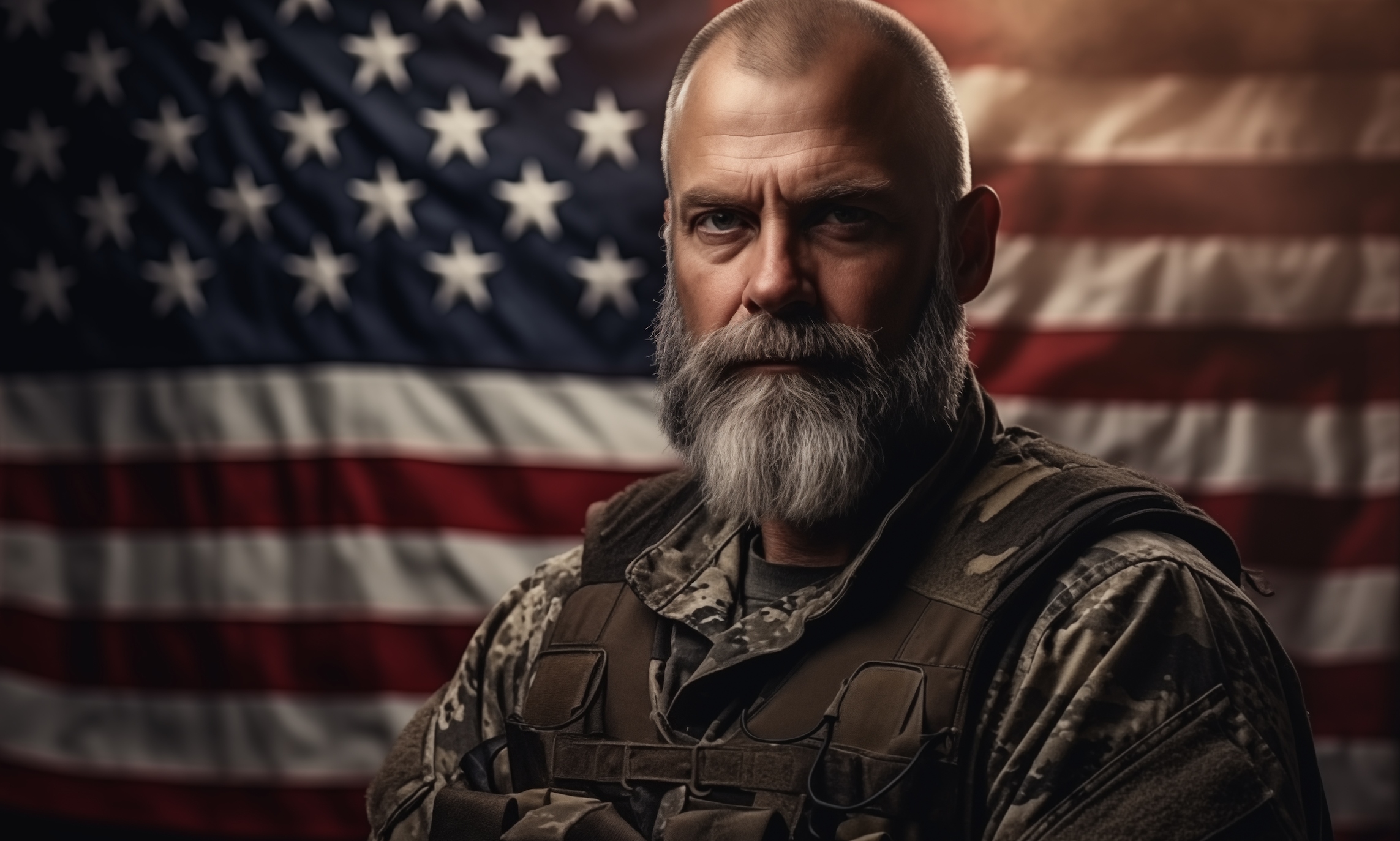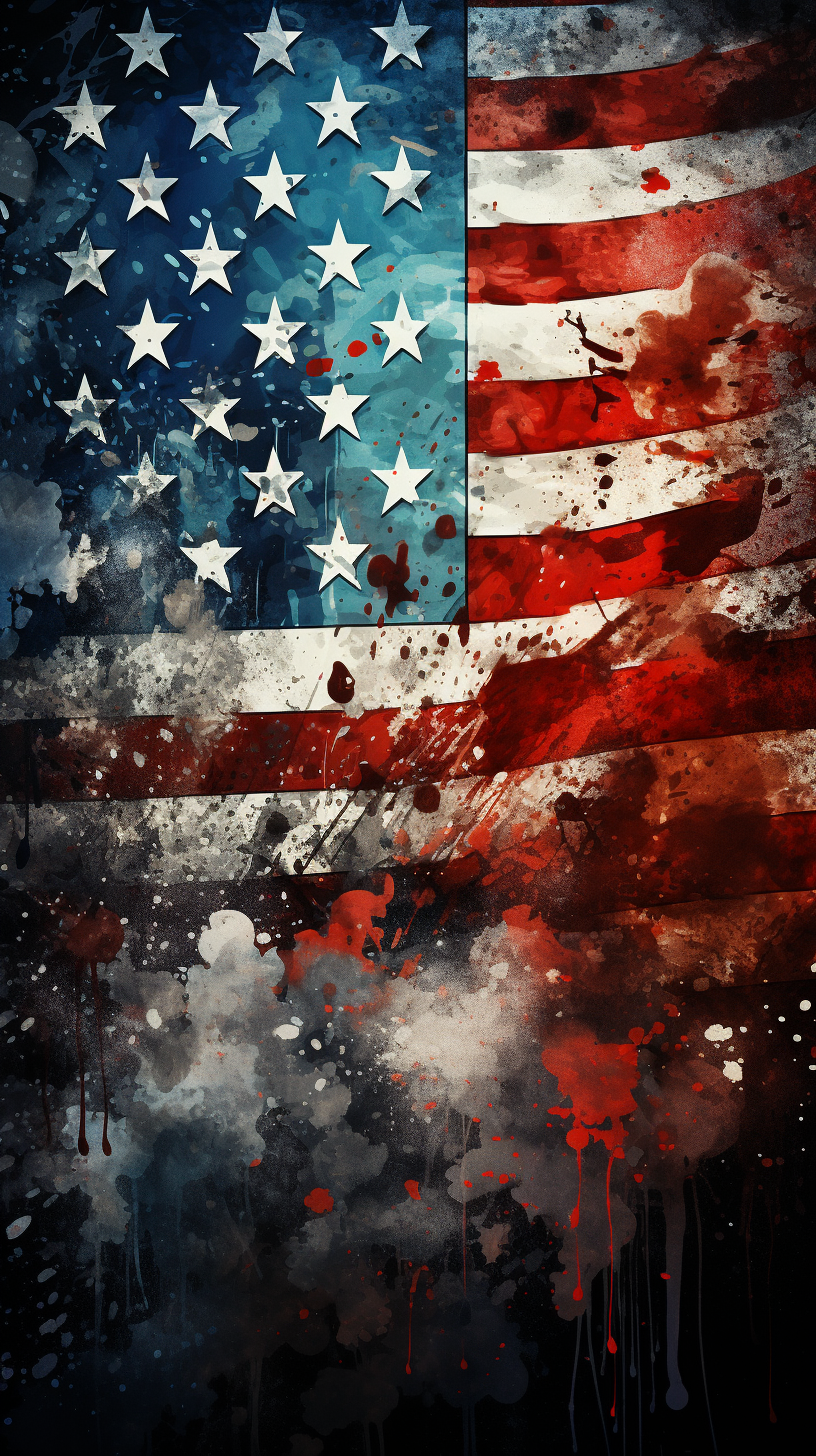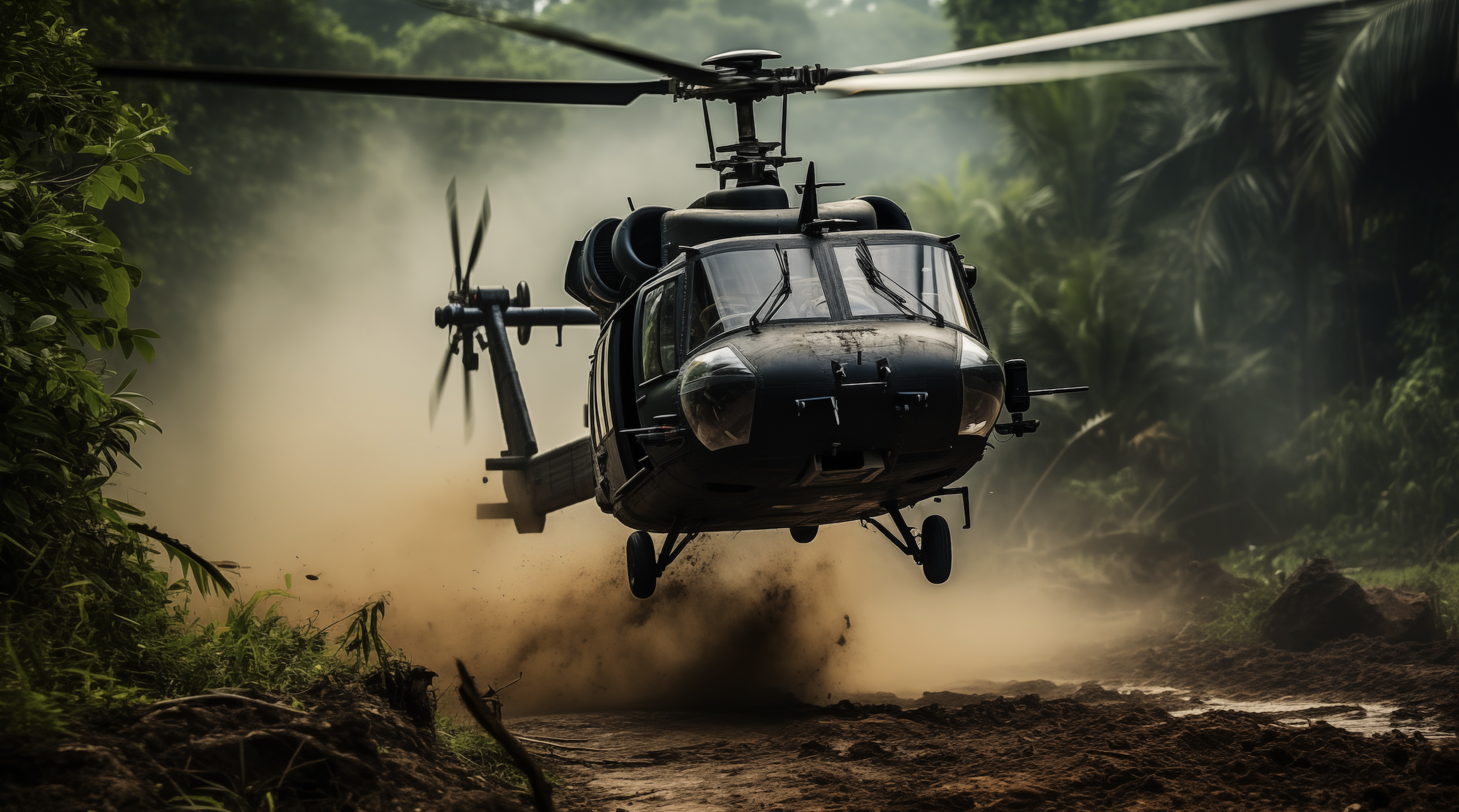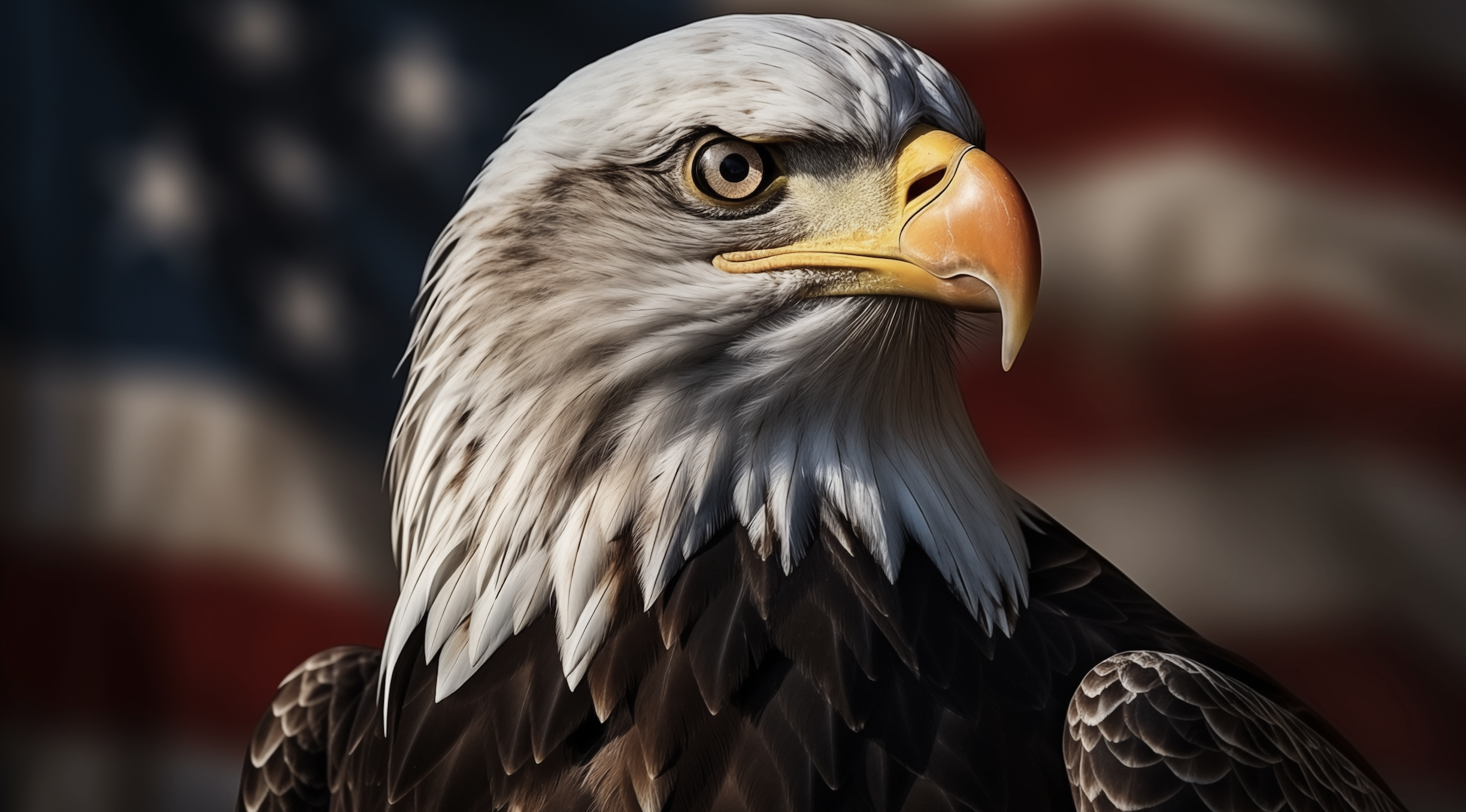
Helicopters in Vietnam
Sandra, thank you so much for
your help in creating this section!

Flight to Freedom
The role of helicopters in the Vietnam War marked a significant transformation in modern warfare, introducing a new dimension of mobility and tactical flexibility that had profound implications on military strategy and operations.
During the Vietnam War, helicopters were not merely a means of transportation; they became a pivotal element in the conduct of the war. The rugged terrain and dense jungles of Vietnam posed significant challenges for ground forces. Helicopters, with their ability to hover, land, and take off from nearly any location, provided a solution to these challenges. They enabled rapid deployment and extraction of troops, especially in remote and inaccessible areas. This capability drastically reduced the time and risk associated with moving troops through hostile territory.
The most iconic helicopter of the Vietnam War was the UH-1 Iroquois, commonly known as the "Huey." It became a symbol of U.S. involvement in Vietnam, embodying the new air mobility strategy. Hueys were used for a variety of missions, including troop transport, medical evacuation (medevac), and close air support. The image of Hueys flying in formation, or landing in a hot zone to evacuate wounded soldiers, is indelibly etched into the collective memory of the era.
Another significant role of helicopters was the implementation of the Air Cavalry concept. Helicopters like the AH-1 Cobra provided armed reconnaissance and were capable of delivering precise and powerful firepower. This airborne capability allowed for more effective engagement with enemy forces, often negating the advantages that the dense jungle and guerrilla tactics provided to the Viet Cong and North Vietnamese Army.
The psychological impact of helicopters should not be underestimated. The sound of their rotors became synonymous with the presence of American power, often demoralizing for the enemy and reassuring for U.S. and allied troops. Moreover, the medevac helicopters, known as "Dustoffs," played a crucial role in saving lives, significantly lowering the mortality rate from wounds compared to previous conflicts.
However, the extensive use of helicopters also brought new vulnerabilities. They were susceptible to ground fire, and their loss could be very costly. The challenges faced by helicopter crews in Vietnam — including exposure to enemy fire, difficult flying conditions, and the constant pressure of combat missions — required remarkable skill, courage, and resilience.
In essence, the use of helicopters in the Vietnam War represented a paradigm shift in military operations. It set a precedent for the importance of air mobility in modern warfare, forever changing the landscape of combat strategy and heroism. The legacy of helicopters in Vietnam is not just about the technology or tactics, but also about the human dimension — the bravery and sacrifice of those who flew and maintained these machines in one of the most challenging environments imaginable.



